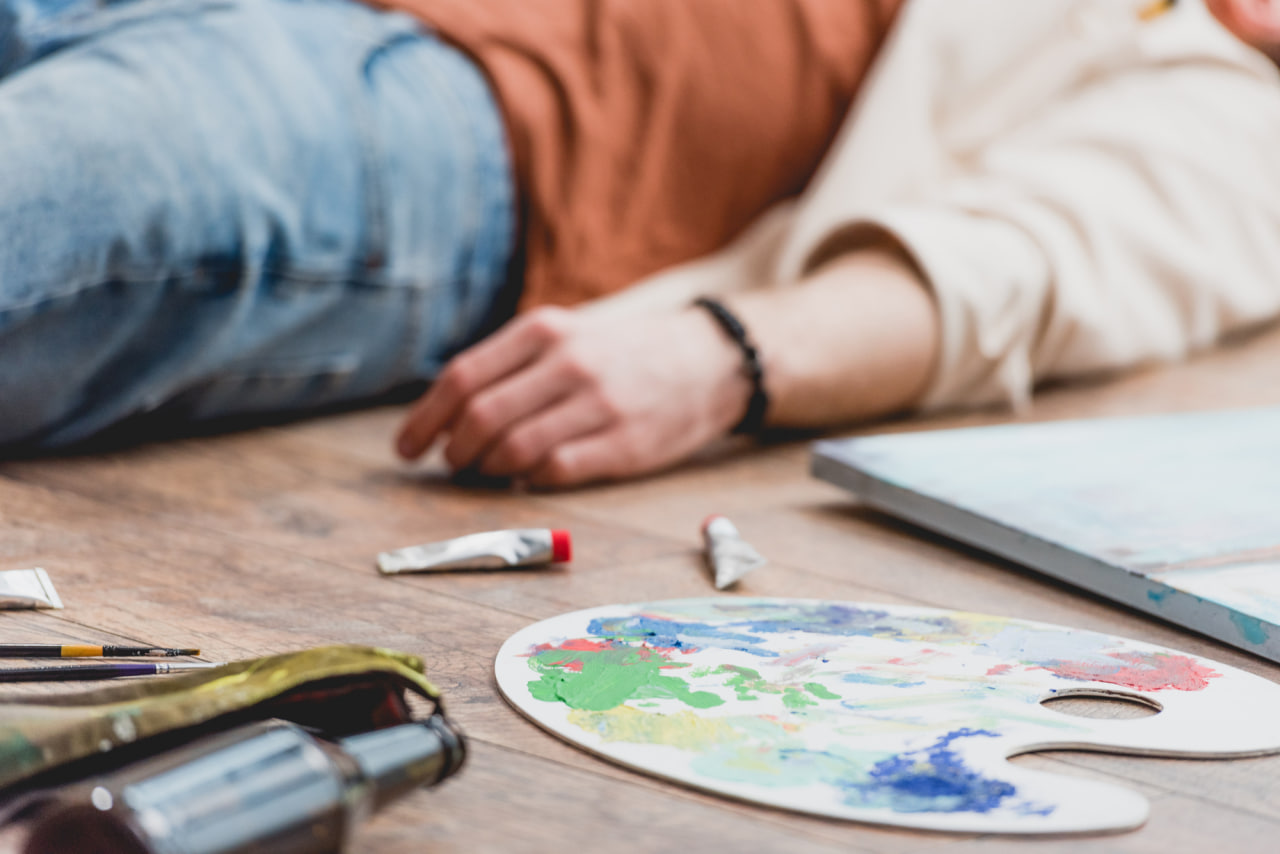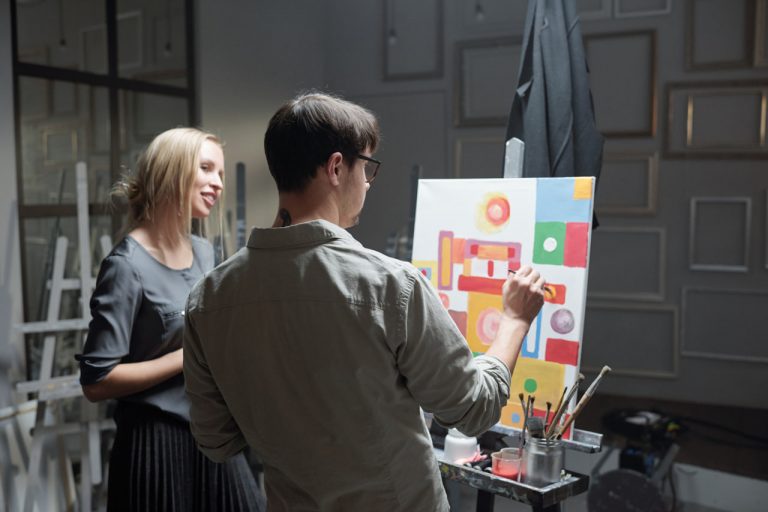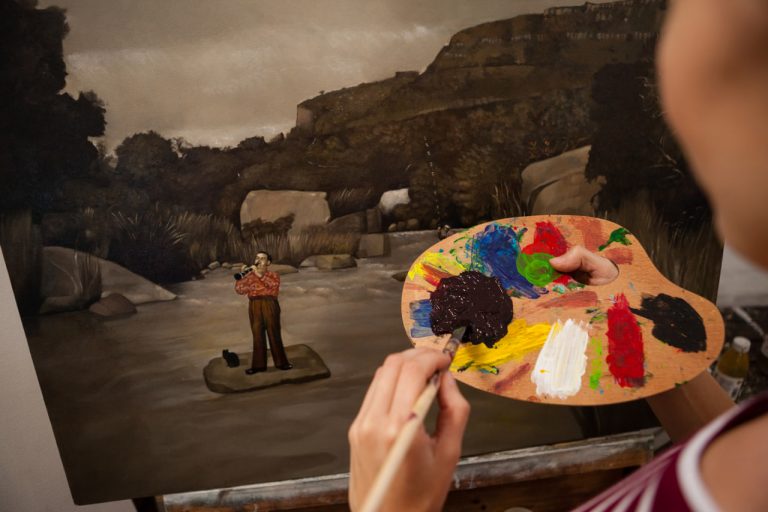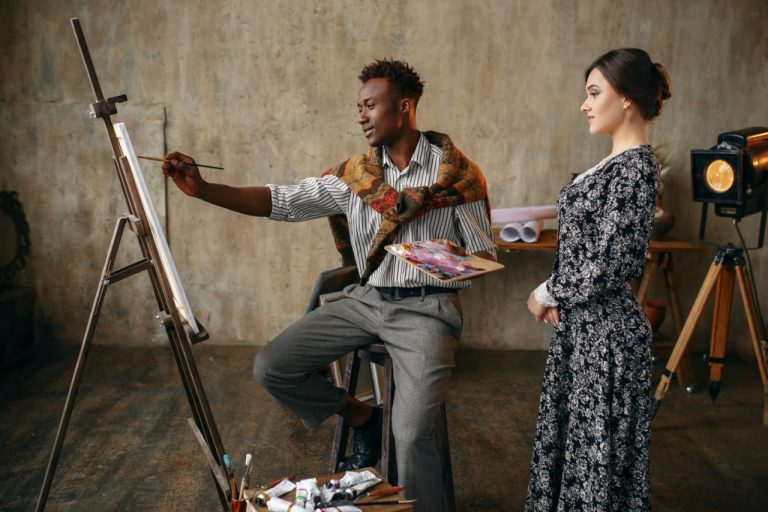Beautiful Plants For Your Interior

Every great artwork begins with a single mark on a blank surface. The journey from a simple sketch to a fully realized masterpiece is both challenging and rewarding, combining creativity, technique, and thoughtful composition. Understanding this process can help artists at every level transform their initial ideas into polished, impactful works.
The Importance of Sketching
Sketching is more than just a preliminary step; it is the foundation of artistic development. Through sketches, artists explore composition, perspective, and proportion. Quick, loose sketches allow for experimentation without the pressure of perfection. They serve as a visual brainstorming process, helping artists test ideas, refine concepts, and discover new directions.
Sketching also encourages observation. By drawing from life, reference photos, or imagination, artists learn to see details, understand structure, and develop a sense of spatial relationships. These skills are essential when progressing to a more detailed and finished piece.
Developing the Composition
Once the sketch stage is complete, the next step is planning the composition. This involves deciding how elements will be arranged, where the focal point will lie, and how the viewer’s eye will move through the artwork. Strong composition can transform a simple sketch into a dynamic, engaging image.
Artists often use guidelines, grids, or the Golden Ratio to structure their compositions. Even small adjustments to placement, scale, or perspective can have a significant impact on the overall balance and harmony of the piece. At this stage, it is important to consider the mood and message you want your artwork to convey.
Building Layers and Details
With the composition established, artists move on to layering and refining their work. This phase involves adding detail, texture, and color. Each layer enhances depth and dimension, turning a flat sketch into a visually rich piece.
Patience is crucial. Rushing through this stage can compromise the quality and clarity of the final artwork. Artists often step back periodically, evaluating how each addition contributes to the overall impact. Adjustments may be made to lighting, contrast, or proportions to ensure cohesion and aesthetic appeal.
Embracing Mistakes and Iteration
No masterpiece is created without mistakes. Learning to embrace imperfections and iterate on your work is essential. Some of the most creative solutions emerge when an artist responds to unexpected challenges or accidents in the process.
Revisions may involve changing colors, modifying shapes, or reworking sections of the composition. The key is to remain flexible and open-minded, understanding that the initial sketch is only the beginning of a journey that evolves over time.
Finalizing the Masterpiece
The final stage is where all elements come together. Fine details are polished, colors are balanced, and textures are perfected. At this point, the artwork should convey a clear message, emotion, or story to the viewer.
It is also important to step back and evaluate the piece as a whole. Consider how composition, color, and form work together to create impact. A successful masterpiece feels cohesive, intentional, and resonant.



